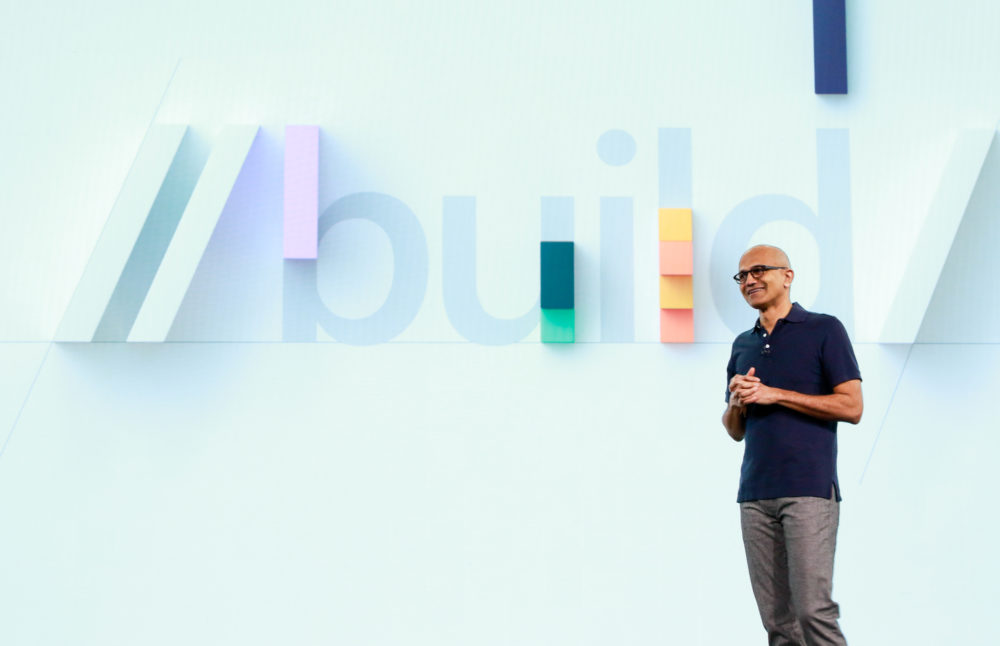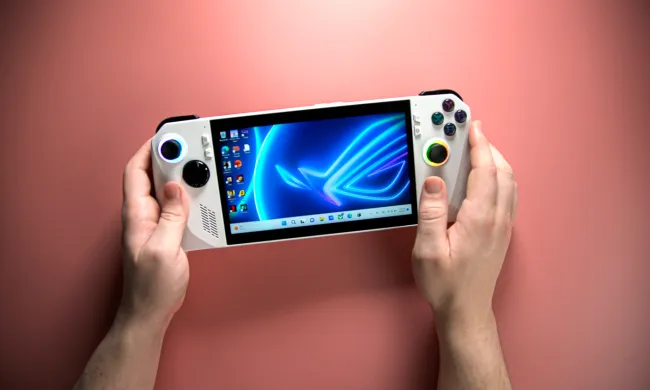
As Microsoft continues to turn its gaze away from Windows, there are fewer and fewer reasons for the average Windows enthusiast or developer to pay attention to what the company has to say at its annual Build developers conference. I no longer head into the three-day annual conference expecting earth-shattering hardware launches, or even previews of future software projects.
The excitement stirred by the early days of the conference have been replaced by a calm, more practical approach. CEO Satya Nadella’s unflinching focus on enterprise cloud solutions and software has brought the company to a trillion-dollar valuation, but it doesn’t make for the most relevant series of announcements for the average person.
Here’s everything Microsoft didn’t announce — or even mention — at this year’s Build conference.
Surface

We weren’t expecting a big hardware announcement at Build, but Microsoft didn’t even pay lip service to its upstart hardware business. No sales figures, no reflection on the importance of the hardware to the company, and no previews of future products. Buzzwords like 5G and Always Connected PCs were completely missing. It’s almost as if the division that makes its celebrated Surface products is an altogether different company.
The Surface Laptop 2 and Surface Pro 6 were both updated in the fall of 2018, so it’s still too early to have heard anything new in that camp. The same is true of the Surface Go, which was launched in August 2018. Another device to cross off the list was the Surface Hub 2, which we previewed in detail earlier this year.
So, what’s left? Well, there’s the Surface Book 2, which hasn’t been updated since October 2017. Rumors were afloat that the Core i5 13-inch version could be getting updated to an 8th-gen quad-core processor. That would be a nice boon to the lower-end of that product line, but so far there’s been no confirmation.
The product we’ve all been anticipating for years now is the foldable phone/tablet PC that’s been in the works. Once identified by the project name Andromeda and now known by the code name Centaurus, this 2-in-1 device is said to be the next big step forward in the Surface lineup. Foldable screens are coming to phones first, but we’ll no doubt see them in arrive in PCs shortly. Though a preview of that device will most likely be saved for later this year, we’d hoped to get a glimpse of the underlying software at work.
Windows Lite (or Windows at all)

Like Surface, Windows itself was hardly mentioned at Microsoft Build. The lack of communication is significant, especially given that the May 2019 Windows 10 Update is just around the corner. Microsoft spoke of Cortana and Search, both things that have changed in this new update, but never addressed how the average person would be affected. Why split Cortana from Search? What benefit does that have? How does this affect not only your Windows 10 PC but also other platforms like Xbox or mobile?
There was no comment on the current state of Windows 10, and Microsoft didn’t give us a glimpse of where Windows is headed in the future either. There’s been talk on the internet about the next generation of Windows, especially for devices outside of standard Windows 10 laptops. It’s a problem Microsoft has attempted to solve many, many times — but never has it succeeded.
The latest attempt has been colloquially called “Windows Lite,” though the real name might not have “Windows” in the title at all. This lighter version of Windows is meant to challenge the rise of Chromebooks by powering web-focused devices and form factors outside the norm. It’s said to be a derivative of Windows Core OS, a modular version of Windows 10 we’re already seeing pop up in products like the Surface Hub 2. Either way, it’s confirmation of the rumor that we may have to wait until Build 2020 before we hear more about the operating system.
Missed opportunities
So yes, Build is very much about Azure and Microsoft’s other moneymaking businesses. Our complaint is not that Microsoft’s developer conference is nothing like Google I/O or WWDC. The problem is that Microsoft never gives itself a chance to articulate its vision for computing. We don’t know how Surface, Windows, or Xbox fit into the company’s vision for the future of cloud computing because they haven’t told us. As of now, they’re disparate entities that somehow coexist under the same umbrella company.
We know where Apple and Google stand, but in the case of Microsoft, we’re left having to fill in the gaps ourselves.


